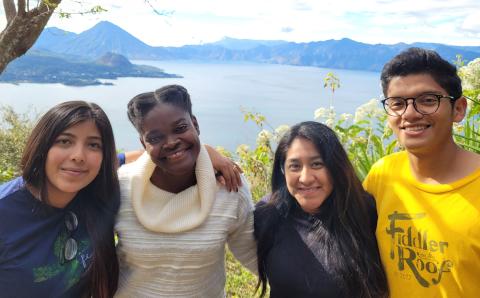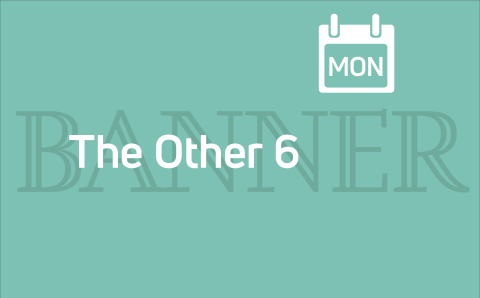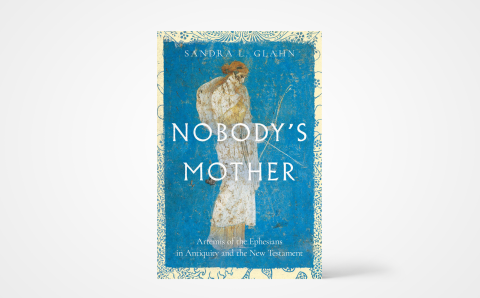Come with me to the Six Nations Reserve in southern Ontario. Come with me to the banks of the Boston Crik. As a child I spent hours playing, often by myself, along the wooded banks of this little stream flowing through my father’s land along Third Line. I grew up in the largest reserve in Canada, with a current band membership of over 25,000. I was so happy as a child that I thought, “There are two kinds of people in the world: Indians, and those who want to be Indians.” (“Indian” was the common term for Indigenous people at the time.)
I grew up as the second of five children. Our home was a peaceful place in a neighborhood that was otherwise. My father was a faith keeper of the Handsome Lake Longhouse religion. My mother was Anglican. The longhouse and my mother’s church were down the road from one another. Even though our mother was Anglican, we children were raised in the longhouse way. Growing up, I knew my mother and father had different beliefs, but they never argued over it. There was no violence, yelling, or alcohol in my home.
Our neighborhood had four other families: two church families with alcoholic fathers, a non-church family with an alcoholic father, and another Indigenous traditional family with no alcohol in their home. One of the church families was always fighting with the non-church family, and we lived between them. My father was friends with both families, so we were always protected from their feuds.
Because of the stability and peace in my home, I had good self-esteem. I struggled with lots of challenges from experiences outside my home, as every child does, but I could strive in school without having to deal with many things others had to deal with. My parents enjoyed 57 years of marriage. I did not learn how to fight domestically!
At 20 years old, I came to Christian faith. After this, I learned from my mother that when she had her first child, my older brother, the doctor told her she should not have any more children. She didn’t obey him. She prayed for another son who would “serve Jesus and help his people.” My mother’s prayer and God’s will has brought me to the work I now do with the Christian Reformed Church in North America as senior leader for Indigenous Justice and Reconciliation.
As a follower of Christ, I have had to learn to fight—in a good way—to deal with my emotions and those of others in the real work of relationship building. Once, after I complained to my mother about her silence and subject-changing after I shared my emotional struggles with her, she told me, “One thing your father and I didn’t do for you kids was show you how to deal with your emotions.” This admission by my saint-like mother really helped me embrace the emotional struggle that is the real rocky ground of reconciliation between people.
The Truth and Reconciliation Commission has clearly shown the damage to Indigenous people in Canada through the Indian Residential Schools, and Justice Murray Sinclair, the commission’s former chair, has indicated the long, upward climb we face on the mountain of reconciliation. It took more than 150 years for the damage to be inflicted on Indigenous people through the residential school system, which only ended in 1996. He said it will take a few generations to undo the damage and build new, healed relationships between Indigenous people and settlers in Canada. I am ready to do my part.
About the Author
Adrian Jacobs, a member of the Six Nations of the Grand River, Ont., is a senior leader for Indigenous Justice and Reconciliation at the CRCNA. He is an educator on Indigenous history, culture, and contemporary issues.









